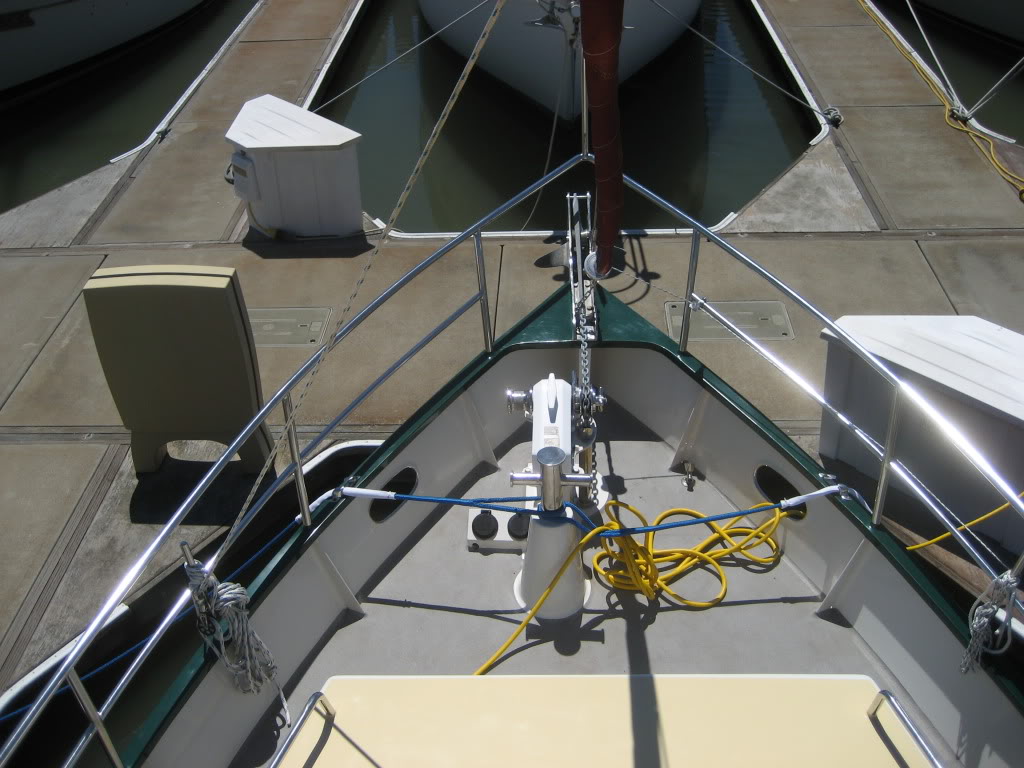Nomad Willy
Guru
Met a fellow a few days ago and he just had to have my XYZ. I figured I could buy a new tip piece and have a new one w the parts I have here so I sold him the XYZ. BUT the XYZ guy dos'nt make them anymore. He makes high end SS anchors only. So I'm out of the XYZ business. On the trip south I'll have my Manson Supreme, the old original XYZ (mud anchor), two Danforths and possibly a claw. The Danforth is the only one I wo'nt have to dig out of the hold so it may get lots of use.
Something that occurred to me and and got confirmed for me by someone that should know is that the roll bar anchors may have a flaw. When one gets them buried down far enough the drag of the high mounted roll bar should pitch them up preventing them from burying any further. However most anchors (unless the bottom is very soft) should'nt bury much further than that because the anchor would then be required to pull the chain down. As it's dragged along the chain of course will want to come up out of the bottom even if it's at 100-1 scope. So on most all typical (or all) bottoms most all anchors probably wo'nt bury much anyway. Perhaps that explains why the Danforth anchors work so well. They do'nt really need to be very deep to hold really well. I think I'll need to throw the anchor tests out to get my anchoring philosophy where it wants to go. Is that objective? The tests mostly say the Danforths hardly work at all and the roll bar guys are champs. Dos'nt make sense. Do you guys believe the tests?
Something that occurred to me and and got confirmed for me by someone that should know is that the roll bar anchors may have a flaw. When one gets them buried down far enough the drag of the high mounted roll bar should pitch them up preventing them from burying any further. However most anchors (unless the bottom is very soft) should'nt bury much further than that because the anchor would then be required to pull the chain down. As it's dragged along the chain of course will want to come up out of the bottom even if it's at 100-1 scope. So on most all typical (or all) bottoms most all anchors probably wo'nt bury much anyway. Perhaps that explains why the Danforth anchors work so well. They do'nt really need to be very deep to hold really well. I think I'll need to throw the anchor tests out to get my anchoring philosophy where it wants to go. Is that objective? The tests mostly say the Danforths hardly work at all and the roll bar guys are champs. Dos'nt make sense. Do you guys believe the tests?


